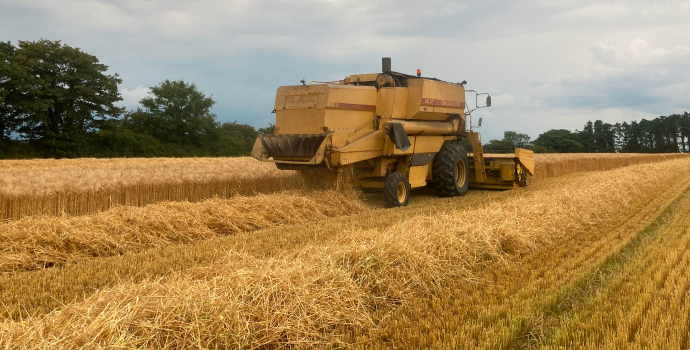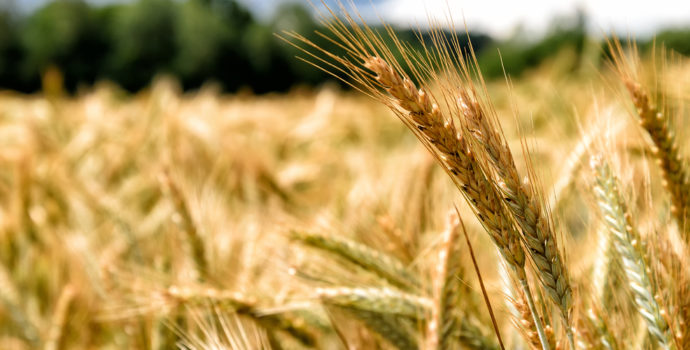
The market continues to remain on the quiet side. However, following the upward trend on world market prices for grains, native prices have firmed this week.
Due to the good growing conditions during the back end of the season, animal feed consumption fell way back. It is estimated that overall Irish feed volumes for the year are only up 15% which is considerably less than earlier forecasts.
New crop 2019 Irish prices. Basis November ex. store are €195/t for wheat and €185/t for barley while OSR is at €380/t.
Native/Import Dried Prices
| Spot / Dec 20th | Jan – Mar 2019 | April – May 2019 | |
| Wheat | €216/t – €218/t | €218/t – €220/t | €220/t – €222/t |
| Barley | €214 – €216 | €214 – €216 | €217 – €219 |
| Oats | €245 – €255 | ||
| OSR | €370 | ||
| Maize (Import) | €180 | €182 | €183 |
| Soya (Import) | €335 | €337 | €338 |
With more news of continuing wet conditions affecting the wheat harvest in Argentina and more rumours of curbs on Russian exports has caused prices to spike on international markets since Friday last. The Matif Mar 19 hit €208 at one stage but failed to break through this technical barrier and has since retraced slightly. Recent figures from the EU indicate that Production of soft wheat in 2019/20 could reach a four year high of 147Mt. If yields reach their potential the increase in production would represent a 13% rise on this season, and the largest crop since 2015.
The corn market has softened since earlier in the week on the news that ethanol producers in the US, who use about a third of the crop, have reduced capacity due to lower prices for the product. Ukraine’s 2018 corn crop has totalled a record 35.5 million tonnes which exceeded expectations and this has dulled market sentiment also. The Ukrainian ministry had already exported 7.6 million tonnes of corn compared with 4.5 million tonnes in the same period of last season, while wheat shipments fell to 9.9 million tonnes from 10.9 million
Brazil’s key grains producing state of Parana is expected to produce less soy than previously forecast for the 2018/19 season, state statistics agency Deral has reported, a sign that drought could be damaging the crop. After recent optimism U.S. soybean prices hit a three-week low with investors disappointed by the strength of Chinese demand despite the temporary truce in the trade war.


